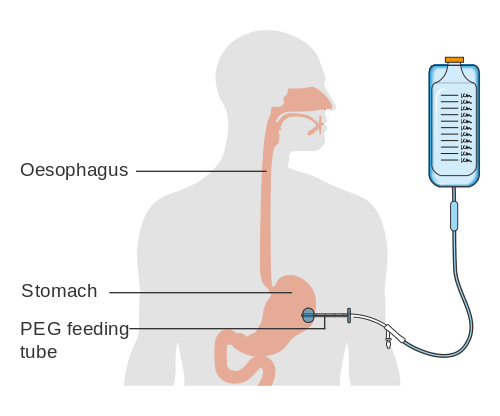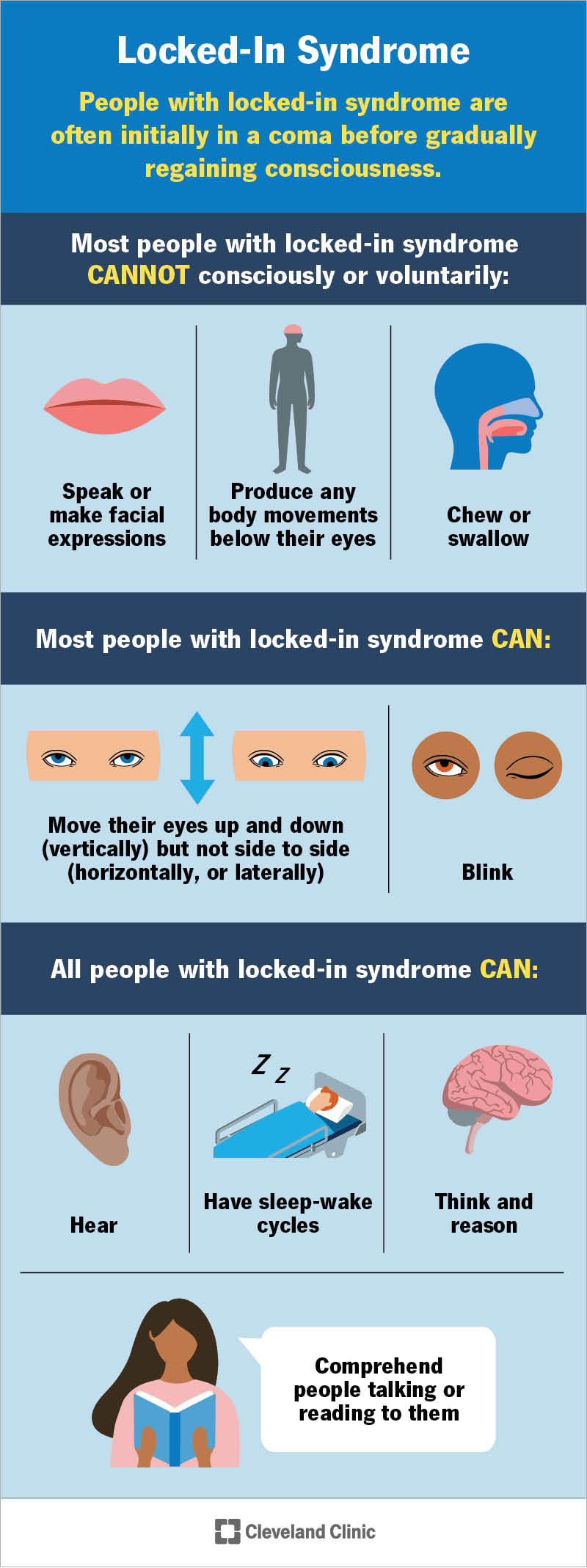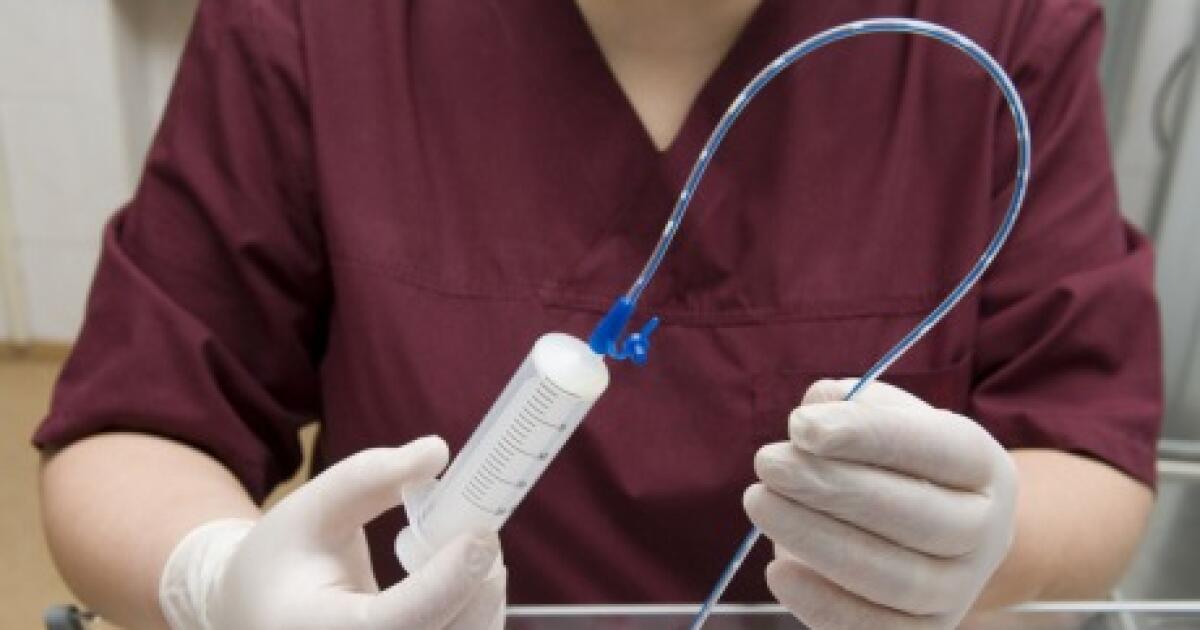stroke feeding tube life expectancy
As can be seen the life expectancy of stroke patients is similar to that of the GP for persons with mRS0 and decreases as severity increases. Healthgrades Find a Doctor - Doctor Reviews - Online Doctor Appointments.

Feeding Tubes For The Elderly Pros And Cons
12 Surgical feeding tubes can provide nutritional support in patients with severe dysphagia but the decision of if and when to place a feeding.

. By Contributor Updated September 30 2017. Swallowing disorders affect more than half of 800000 people who have a stroke every year in the United States. When it comes to making a decision about placing a permanent feeding tube there are several important reasons why it is not wise to.
Followed 150 patients with new feeding tubes and a variety of diseases for 30 days and observed a 22 percent 30-day mortality rate and a 50 percent 1-year mortality. People on dialysis have a life expectancy of about two years on average. She was on a ventilator for a few days as well as a feeding tube in her nose.
A feeding tube may allow life to be prolonged for decades in an otherwise healthy individual. What is it a Massive Stroke and what is the life expectancy after one. It is also clear that 1 age is a significant factor and 2 sex affects survival more amongst the less severely disabled mRS0-2 than amongst the more severely disabled mRS3-5.
3 Posterior circulation stroke is placing the patient at particular risk to develop dysphagia especially if pons and medulla are involved. Learn About Our Bayer Aspirin Regimen Products to Help Prevent Another Heart Attack. Background and Purpose The aim of this study was to investigate the associations between tracheostomies enteral feeding tubes and indwelling urinary catheters and functional outcome measures incidence of medical complications and resource use in an inpatient stroke rehabilitation program.
Up to 70 of acute stroke patients demonstrate dysphagia. Methods A cohort of 1553 patients consecutively. Pain around the insertion site.
In this video Jim talks about his experience with a stroke and proves that life does go on. My father-in-law active 84 year old wife deceased had a stroke December 6th. Tracheostomy in the Nonventilated Stroke Patient.
Dysphagia is a silent killer after stroke. The use of a small tube called a catheter run through a artery in a arm or leg and into the brain tissue through the leakage. It has a small.
16 April 2024 Page last reviewed. Now i have to live seeing my dad in pain. You may need to be fed using a feeding tube during the initial phases of your recovery to prevent any complications from dysphagia.
Patients should not be subjected to a PEG unless they are expected to require feeding for greater than 30 days. But there are several disadvantages as well. Nearly 800000 people each year suffer from a stroke.
All patients survived the initial 21 days of treatment by mechanical ventilation and the survival times reported. After that he was sent to a short term rehab that could only keep him. 16 April 2021 Media review due.
Aspiration inhalation of gastric contents into the lungs. Having a PEG tube comes with the risk of certain complications. A person can survive a life time on a feeding tube death wont come from a feeding tube but from illness or comorbidities that required a feeding tube in the first place.
8 Both types of tube are inserted through the abdominal wall into the digestive tract. Of stroke patients with swallowing difficulties 45 to 68 are dead within 6 months. One study points out several possible complications including but not limited to infections clogged feeding tubes peristomal leakage bleeding and liver injury.
A feeding tube may allow life to be prolonged for decades in an otherwise healthy individual. As I read about life expectancy after a massive stroke i feel my decision for brain surgery was the wrong choice. Enteral feeding tubes a nasogastric tube NGT or percutaneous endoscopic gastrostomy PEG are commonly used to provide nutrition hydration and essential medications to stroke patients who cannot swallow.
For example Grandma had a major stroke. Is it true that having a feeding tube shortens your life. One study on the long-term outlook of stroke found that bedridden patients lived for about 4-6 more months after their stroke.
We didnt get much response from her and the neurologists were suggesting Hospice or palliative care as. Dysphagia frequently results in pneumonia malnutrition and dehydration which can lead to increased mortality and poor outcome1 To prevent these complications enteral tube feeding is indicated in selected cases. 107 108 In stroke palliative care the risk of a self-fulfilling prophecy can occur in at least 2 contexts.
A feeding tube may allow life to be prolonged for decades in an otherwise healthy individual. The PEG tube rests in the stomach itself while the PGJ tube is advanced to the jejunum with the theoretical advantage of decreasing the risk of aspiration. 20 Most Common Symptoms of a Stroke and Most Common 15 Causes Of Stroke.
Benefits of feeding tubes. Early tube feeding is associated with improved survival after stroke and it is recommended that patients start tube feeding. Ad Talk to Your Doctor About the Lifesaving Benefits of Bayer Aspirin.
Another option for tube feeding involves the nasogastric. In general most patients did not survive longer than 1 to 3 years although some patients did exhibit a longer survival time. 6 9 In a well-designed prospective study Callahan et al.
12 The validity of various proposed predictors remains limited. Malfunction or dislodgment of the tube. All but about a quarter of strokes happen to people over the age of 65.
24 How such patients would fare without any form of tube feedings is not known. He then stepped down to a regular room for about a week. Infection of the tube site.
5 followed 150 patients with new feeding tubes and varied diagnoses and found 30-day mortality of 22 and 1-year mortality of 50. Approximately half of these patients recover sufficient swallowing ability to meet their caloric needs while the other half will have long-term swallowing dysfunction. FEEDING TUBE AFTER STROKE.
Life Expectancy After Withdrawal of Feeding Tube. He was in intensive care for a few weeks and then had a feeding tube put in him because he could not swallow. Patients who receive a percutaneous feeding tube had a 30-day mortality risk of 1824 and a 1-year mortality risk of 5063.
Patients who receive a percutaneous feeding tube have a 30-day mortality risk of 1824 and a 1-year mortality risk of 5063. 6 22 23 A recent study reported a survival advantage for stroke patients randomized to feedings by the PEG route versus nasogastric route. Leakage of stomach contents around the tube site.
The reported incidences for dysphagia in the acute phase of stroke range from 30 to 80. Those with a life expectancy of less than 30 days or who will only require short-term feeding should be fed via a nose or nasogastric feeding tube. Integrity and prolongation of life.
05272014 221552 Helpful Answer 2. While food and water are essential to life there is considerable controversy in the medical literature as to how much artificial nutrition and hydration help at the time of death.

Stroke Prognosis Life Expectancy Stroke Recovery

End Of Life Care Managing Common Symptoms

The Cost Of Dying Simple Act Of Feeding Poses Painful Choices The Mercury News

Tracheostomy And Feeding Tubes Tracheostomy Education

Ask The Expert Tube Feeding And Alternatives For Older Adults With Advanced Dementia Healthinaging Org

Locked In Syndrome Lis What It Is Causes Symptoms

Bedridden After Stroke Prognosis Methods For Recovery

Tube Feeding How It S Done What To Expect
/GettyImages-1211492292-3bf3e709a606448e856fb21268e8f34a.jpg)
Stroke Recovery Stages Expectations Setbacks Treatment

End Of Life Signs The Final Days And Hours

Dying Patients Should Be Offered Water In Their Final Hours New Guidelines Say The Independent The Independent

The Cost Of Dying Simple Act Of Feeding Poses Painful Choices The Mercury News

Tips To Stay Hydrated With An Enteral Feeding Tube

Here S Why More Clinicians Are Recommending Against Tube Feeding In Advanced Dementia Being Patient
